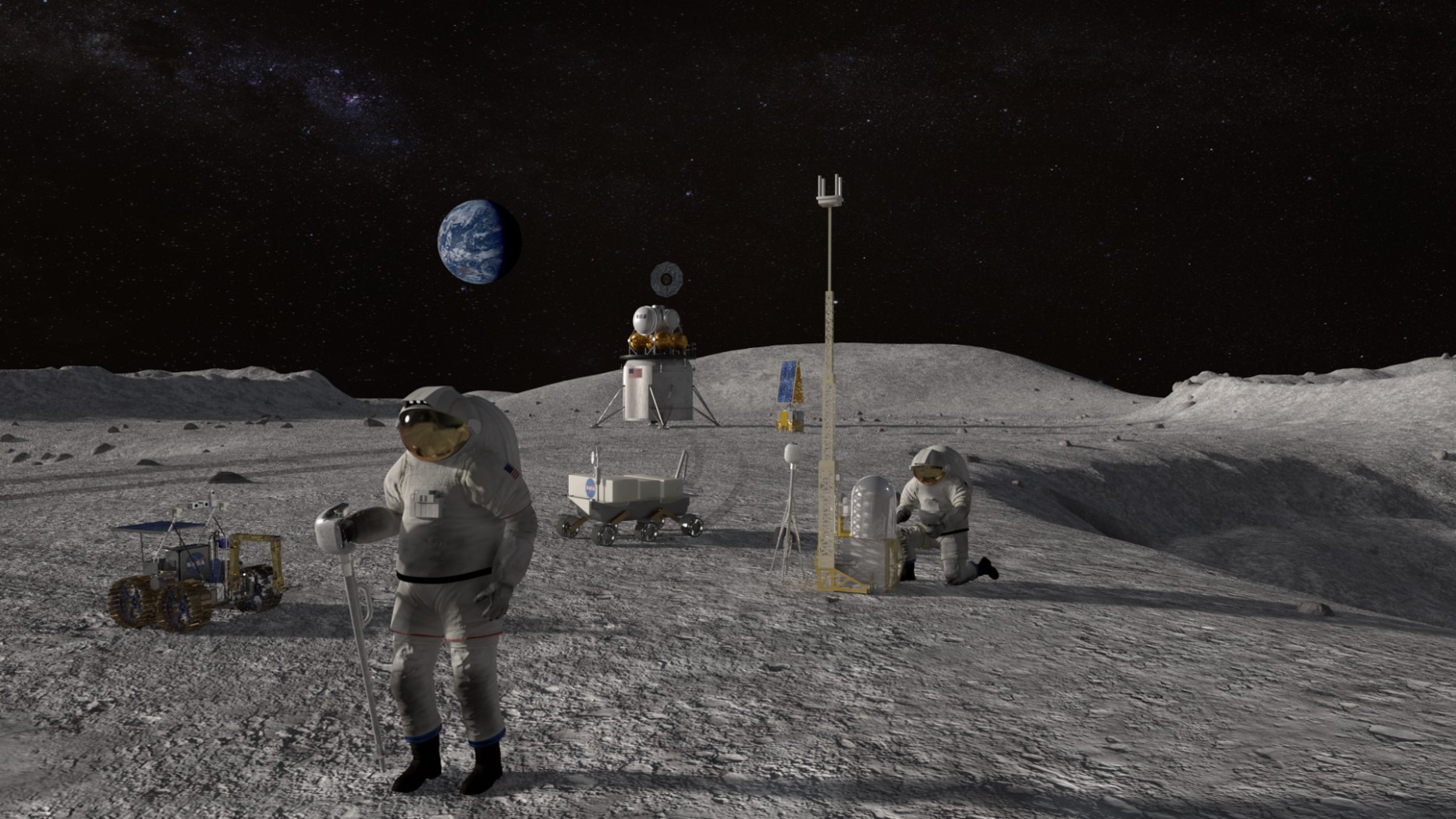NASA Administrator Bill Nelson predicts that the United States and China will need to discuss data exchanges and mission plans as they work towards building sustainable lunar presences. Both nations are planning to land astronauts at the lunar south pole, where water ice could be used to produce rocket fuel or provide life support. Despite the lack of direct talks so far, Nelson expects future discussions on orbit deconfliction and potential emergency assistance under the Artemis Accords. The successful Starship test flight by SpaceX is also seen as a boost for the Artemis 3 mission, which aims to land the first woman and person of color on the Moon.

Collaboration and Deconfliction in Lunar Exploration
As the United States and China both work towards establishing sustainable presences on the Moon, there is a growing need for collaboration and deconfliction of their respective exploration efforts. According to NASA Administrator Bill Nelson, the two space agencies have not yet had any direct conversations about their lunar south pole landing plans, but he expects that to change in the future.
One area of potential coordination is the lunar south pole, which both NASA’s Artemis program and China’s International Lunar Research Station (ILRS) are targeting for their upcoming crewed missions. This region is of particular interest due to the presence of permanently shadowed craters that are thought to harbor significant deposits of water ice, a crucial resource that could be used to produce rocket fuel or provide life support for future astronauts.
Navigating the Challenges of International Cooperation
While the potential for collaboration exists, there are also significant challenges that the United States and China will need to navigate. One of the key issues is the need for coordinating respective orbits around the Moon to reduce the chances of accidental collisions, a process known as ‘deconfliction’.
Nelson mentioned that the agencies have already had conversations about deconflicting orbits around Mars, but similar discussions regarding the Moon have not yet taken place. Additionally, the technological differences between the Artemis Accords partners and China’s ILRS partners may pose challenges if one side were to attempt to assist the other in an emergency situation on the lunar surface.
Despite these hurdles, Nelson emphasized the importance of the Artemis Accords, which aim to facilitate the peaceful exploration of space and establish protocols for providing aid to one another in times of need. As the space agencies continue to work towards their respective lunar goals, the need for open communication and strategic coordination will only become more crucial.
One potential avenue for progress could be the planned construction of a shared lunar navigation and communications infrastructure in orbit around the Moon, which will require cooperation and coordination between the various space programs involved.
The Significance of the Successful Starship Test Flight
In addition to the discussions around international cooperation, NASA Administrator Bill Nelson also highlighted the recent successful test flight of SpaceX’s Starship as a significant development for the Artemis program.
SpaceX’s Starship, which NASA has selected as the first crewed lunar lander for the Artemis 3 mission, successfully completed a test flight on October 13th, 2022. This included a dramatic catch of the megarocket’s first stage by the launch tower, a feat that Nelson described as being ‘right on the mark’.
The successful Starship test flight is seen as a boost for the schedule of the Artemis 3 mission, which is currently targeted to launch in September 2026. However, this timeline is considered likely to be delayed, according to a December 2023 report by the U.S. Government Accountability Office.
The Artemis 3 mission aims to land humans on the Moon for the first time in more than 50 years, including the first woman and the first person of color to walk on the lunar surface. With the successful Starship test and the ongoing progress of the Artemis program, the prospect of achieving this historic milestone is becoming increasingly tangible.
